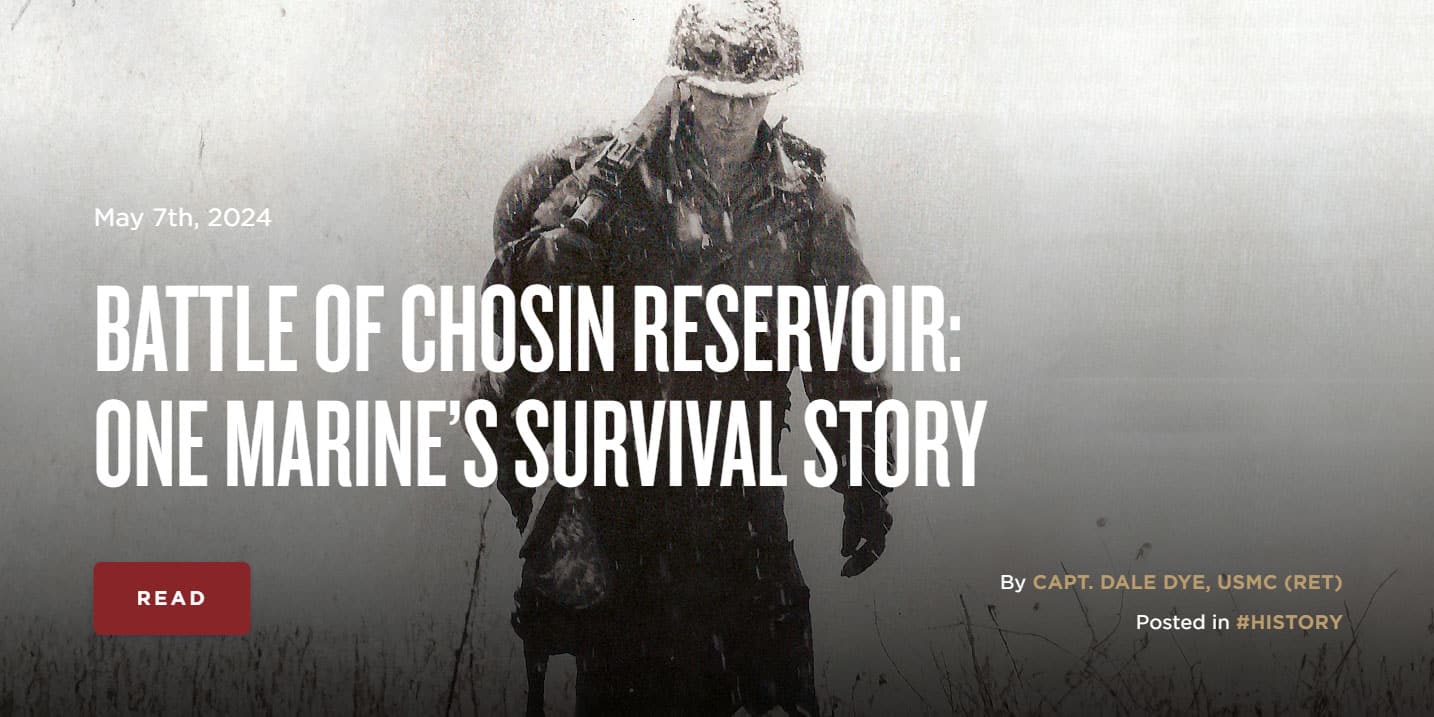I was one year old when the Korean War erupted. I served with the USAF 1968-72, and in Viet-Nam 1971-72. I didn't make it to South Korea until I enlisted in the US Army in 1984 as a Tank Crewman. We transitioned from the M48A5 to the M60A1 shortly after I arrived.
I served at Camp Casey, Dongducheon with B Co 1st Armor attached to the 2nd Inf Div from 1984-85. I would serve there again in 1996-97 with C Co 2nd Armor attached to 2nd ID, but this time in the M1A1 Tank Company as the M1A1 Abrams Tank Master Gunner.
Summers were hot, and winters were cold; sometimes very cold, but not like Chosin Reservoir in November-December 1950 cold. On my first deployment we did a live-fire gunnery exercise at Rodriguez Live Fire Complex (RLFC), north of Pocheon near Yeongsong. It is still south of the DMZ by approximately 16 Miles. It was cold when we left Camp Casey, but it was downright frigid by the time we reached RLFC. The temperature had dropped ten degrees in a couple of hours, and the windchill was wicked.
The Navy expression for cold is "Cold enough to freeze the balls off of a brass monkey", which originated during the wind and sail era when cannonballs and black powder were used. The landlubber version I learned in Korea was "Cold enough to freeze your kundingy off". Kundingy is not a word in Hangul, but it strikes the ear as being Asian. Both sound very painful.
The temperatures at the Battle of Chosin Reservoir are recorded as having been down to -40°f, before factoring in windchill. The worst I experienced in Korea was between 15-20°f. The temperatures at the time of the Battle of Chosin Reservoir were more like those I had experienced in the Bering Sea and Aleutian Islands. We had inflatable Mickey Mouse boots up there too, but parkas with far superior insulation compared to quilted cotton jacket liners and wool blankets.
I would rate the Battle of Chosin Reservoir right up there with Marathon, Thermopylae, Fredericksburg, Gettysburg, Guadalcanal, Iwo Jima, and Peleliu. Those Marines deserve the highest respect.



